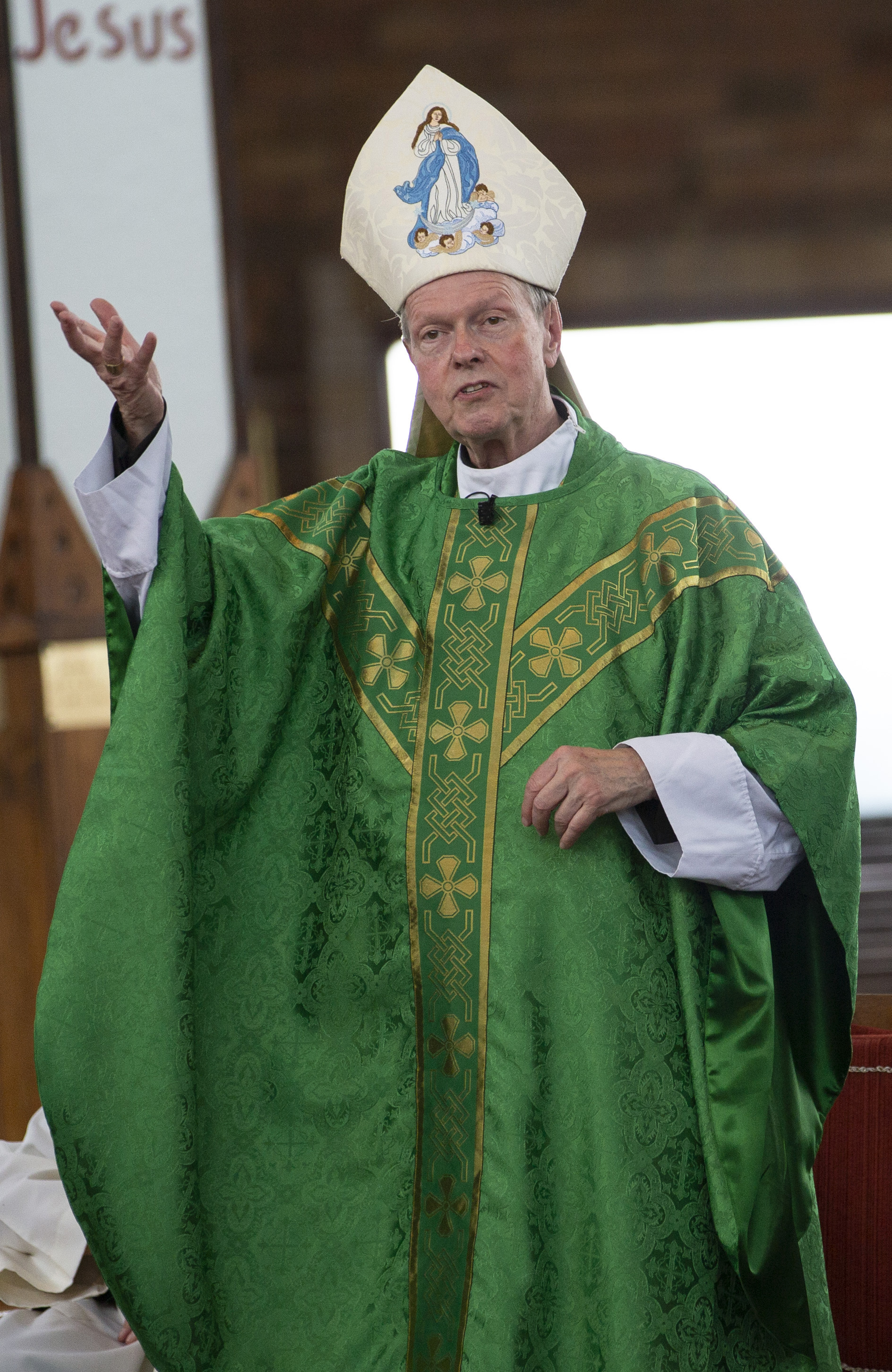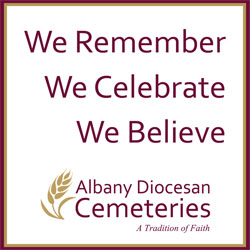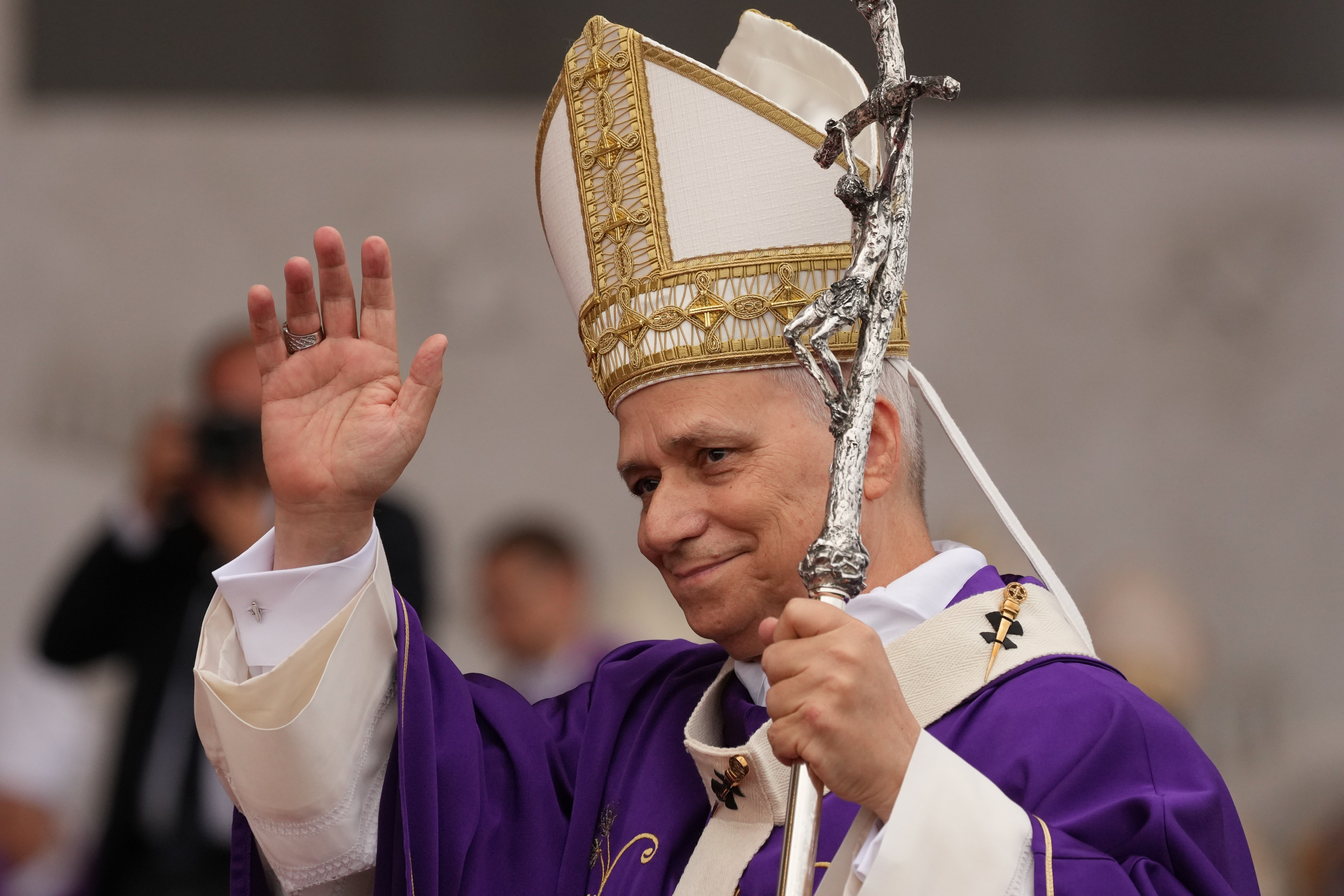April 6, 2018 at 1:53 p.m.
WORD OF FAITH
Jesus and the bread
Readers of last week's column will appreciate the tension that homilists experience on the 17th Sunday of the Year. If we've been doing our job conscientiously, we've been developing and stressing the major points of Mark's theology.
Now, just as we reach one of the most important stages of that theology -- Mark's first bread miracle -- we're forced to shift gears and preach on John's bread miracle theology.
It gets even more perplexing next Sunday when we abandon John for the Feast of the Transfiguration, jump three chapters ahead in Mark and preach about his account of this special revelation.
Who feeds whom?
One of the major contrasts between Mark's account of the miraculous feeding and that of John (John 6:1-15) revolves around who does the actual feeding: The disciples do it in Mark; Jesus carries it out in John.
The difference is significant. No scholar doubts that all six bread miracles in the Gospels are about the Eucharist. That means that Christians who contend that the Eucharist is a community action will get their "Scripture proofs" from Mark; those who stress the role of the presider will turn to John. Yet we must always remember that neither account was originally written to stoke the fires of our modern "liturgical wars."
John could care less about the presider's Eucharistic role. He's more concerned that his readers appreciate the importance of the risen Jesus in their lives.
It's John who, two chapters before, provides us with his "living water" theology. Now he offers us the concept of the "bread of life." In each, he gives his community the essentials for living a life of faith.
Notice that Jesus never "institutes" the Eucharist in John's Last Supper narrative. He does it here in chapter 6. (It's also very important to note that John replaces Jesus' words of institution with another "sacramental" action: the foot washing. The evangelist employs that self-giving gesture to instruct his readers about the frame of mind they should have during the celebration of the Eucharist.)
It's important to understand that John (and all our Christian sacred authors) believed the celebration of the Lord's Supper was at the center of Christian life. We know from their writings that they would never be content with "communion services."
Elisha's multiplying 20 barley loaves to feed 100 people in the first reading (II Kings 4:42-44) wasn't the model used for the Eucharist in the Christian Scriptures. Their bread miracles are always more than just a simple feeding of a lot from a little. John not only emphasizes Jesus' part in the feeding but also demands faith in Jesus from the community, as we will hear at the end of the chapter.
Pattern to follow
Paul expects the same faithful participation in his Ephesian community, as noted in the second reading (Ephesians 4:1-6). He sets out the Eucharistic pattern that all later Christian authors (especially the evangelists) will follow.
For these writers, the key to a valid celebration of the Lord's Supper doesn't revolve around the proper words said by a proper person over the proper elements. It revolves around the proper self-giving frame of mind shared by those who participate.
Paul's words here simply repeat what he says in I Corinthians 11. Followers of Jesus should always relate to one another "with all humility and gentleness, with patience, bearing with one another through love, striving to preserve the unity of the spirit through the bond of peace: one body and one Spirit."
No matter what biblical Eucharistic theology we employ, one biblical truth always haunts us: Finding the risen Jesus in the community is much harder to do and requires much more faith than finding Him in the bread and wine.
(8/3/06)
- To turn away others is to turn away God, pope says on Christmas Eve
- Arriving at the manger with Caryll Houselander
- Barrett discusses Dobbs decision, Roe’s ‘flawed’ reasoning, life at the court, her faith
- Bishop: To welcome immigrants is to follow God’s ‘divine command’ to care for the stranger
- Jesuit search, recovery of migrant remains finds bodies of 2 women in difficult desert terrain
- In pastoral on Communion norms, Bishop Martin emphasizes Eucharist is communal act of worship
- A dream of Bethlehem community: A house for the poor in village where St. Francis staged first Nativity
- Brooklyn-based book a cry from the heart about roads not taken
- In leaving CEO post, Curtis Martin says he’ll remain on board, ‘stay on mission’ with FOCUS
- Pope thanks priests, encourages them to share responsibilities with laity







Comments:
You must login to comment.